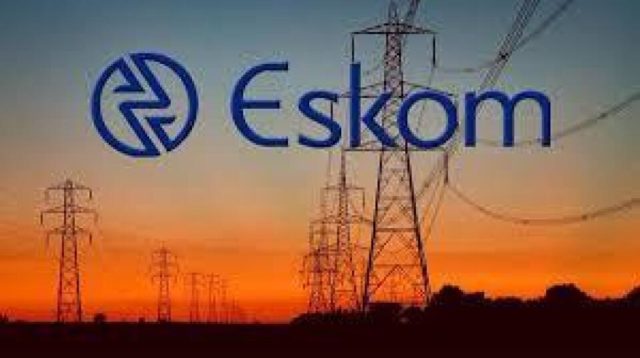Already cash-strapped South Africans have to dig deeper to pay what they owe to Eskom.
Durban – Already cash-strapped South Africans will have to dig deeper into their pockets, as Eskom has been given the green light to recover R13.3 billion from customers for electricity supplied in the 2018/19 financial year.
The National Energy Regulator of South Africa (Nersa) granted Eskom approval to recover the billions of rand from tariffs charged to standard customers, special pricing arrangement customers and international customers.
This move has been labelled “extremely disturbing” by energy expert Ted Blom.
Cash-strapped Eskom applied in August 2019 to Nersa to claw back R27.3bn from electricity customers through power tariffs, saying it needed to cover costs incurred for the financial year 2018/19.
It was part of the power utility’s regulatory clearing account (RCA) application.
In its application, Eskom said the amount was for adjustments to primary energy costs, use of open-cycle gas turbines, employee benefits and sales volumes.
Eskom, which supplies more than 90% of the country’s electricity, is struggling with high debts and faulty power stations which prompted severe power cuts last year, hurting the country’s economy.
It is dependent on government bailouts to stay solvent.
According to Nersa, the RCA application is a mechanism which allows Eskom to adjust for any over or under-recovery of revenue for a particular year.
It is a means to retrospectively reconcile the variances between the assumptions on which Nersa had based its revenue decision initially, and the actual out turn, on certain specified elements, the energy regulator said.
The under- or over-recovery is then accounted for in adjustments made in future tariffs.
Although Nersa did not publish its reasons for the decision, it said it would do so in due course and added that an implementation plan was yet to be developed, and that it would require its approval.
Nersa said that in reaching its decision, it held public hearings in eight provinces in February this year, where interested parties were able to make submissions.
The energy regulator said it had balanced both Eskom and the public’s interests in reaching the decision.
It also acknowledged certain governance failures had been a factor in Eskom’s under-recoveries in the 2018/19 year.
Nersa said that the full extent of these failures and amounts associated with them had not been fully quantified.
“Upon the completion of any investigations by any organ of state or commission into these governance failures, and if the failure is quantified, the energy regulator may, in future Eskom revenue applications, effect adjustments to Eskom’s revenue, based on the relevant outcome of the investigation,” Nersa said.
Blom calculated that the increase in tariffs would amount to approximately 6.5% on the base tariffs, “which needs to be added to any previous increase that Nersa has determined for the year in which it will be liquidated”.
He said he found Nersa’s decision to be “ridiculous” and it showed that it endorsed over-expenditure by Eskom.
“The fact that Nersa has allowed this expenditure on top of the previous RCA is extremely disturbing because it endorses over-expenditure by Eskom.
“Eskom has burdened consumers by more than 500% above the comparable inflation rate over the past 13 years, when this new mechanism was introduced,” he said.
Blom said that even more disturbing was Nersa’s acknowledgement of Eskom’s severe corruption, “blandly referred to as governance failures”, yet has not held Eskom to account for this.
“In fact, there is no incentive for Eskom to account for corruption because they keep on getting tariff increases anyway. Effectively the consumer is funding the Eskom corruption, which to the best of my knowledge is still ongoing,” Blom said.
He added that Eskom tariff increases needed to be circulated to stakeholders first and could only be implemented from April 2021 or later.
Municipalities then approve its budgets and pass on the tariff increases to consumers from July of that year, said Blom.
Since the liquidation year had not yet been identified, he said that it was not fully possible to examine the precise impact that it would have on consumers.
However, given the negative economic impact of the national lockdown, Blom said he would not be surprised if Eskom demanded further bailouts before the end of this year.
“In fact, I anticipate that such demands are imminent.
“Overall this paints a further bleak picture for the economy as a whole, and I would not be surprised if this leads to further industry closures or relocation to countries with a more competitive electricity tariff, like we saw when some majors relocated their smelting operations to Malaysia,” Blom said.
Additional reporting by Reuters
The Mercury








